NYC’s Forgotten ‘War on Christmas Trees’
Discover how an obscure holiday crackdown affects festive street vendors today!


To celebrate the 90th anniversary of MTA Bridges and Tunnels, the Metropolitan Transit Authority has released a series of vintage photographs from its historical archives that show some NYC bridges and tunnels under construction from the 1930s to the 1960s. The MTA Bridges and Tunnels agency operates and maintains seven bridges and two tunnels linking the five boroughs. Originally founded as the Triborough Bridge Authority (TBA), it dates back to 1933.
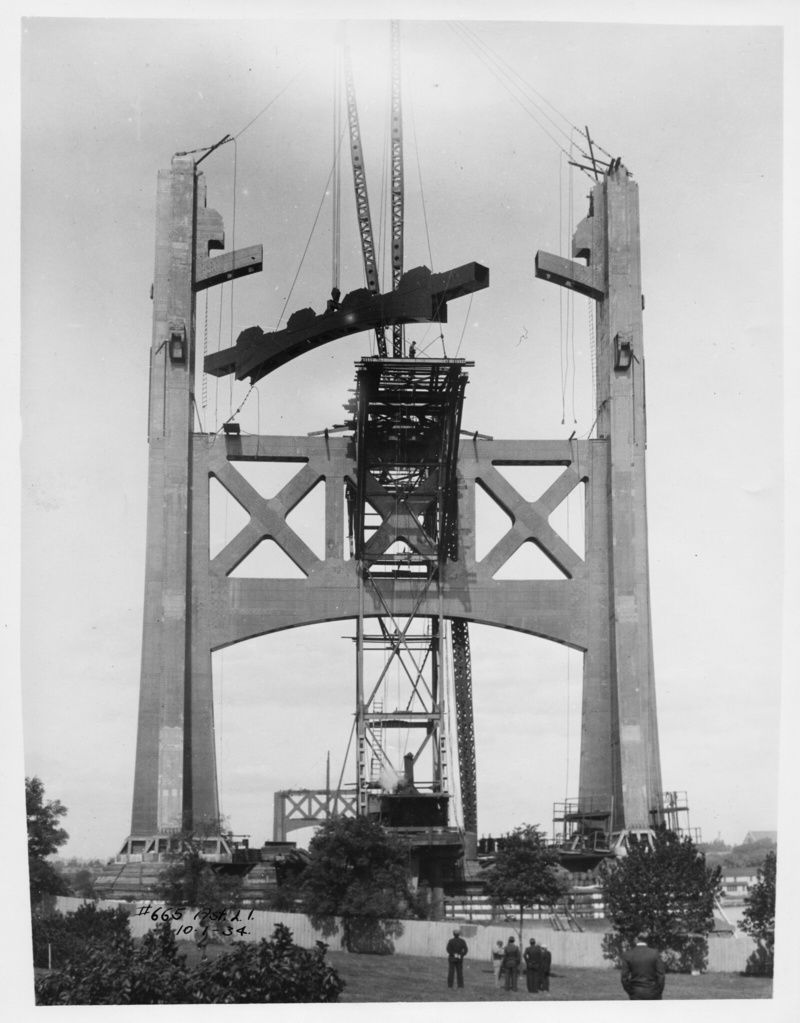
The TBA was created by New York State to complete the construction of the Triborough Bridge (later renamed the Robert F. Kennedy Bridge in 2008) and Robert Moses was appointed its director. The Triborough is actually a complex of three bridges that connect the Bronx, Manhattan, and Queens. Over 11 million crossings of the Triborough Bridge were counted during the agency’s first year of full operation, 1937. Moses ran the agency from offices in The Administration Building next to the Triborough Bridge on Randall’s Island. Completed in 1937, it’s now known as the Robert Moses Building.
Today, MTA Bridges and Tunnels is the largest bridge and tunnel toll agency in the United States. In 2022, 327 million crossings were recorded, earning $1.2 billion dollars in revenue. Check out more vintage photos in the slides that follow!
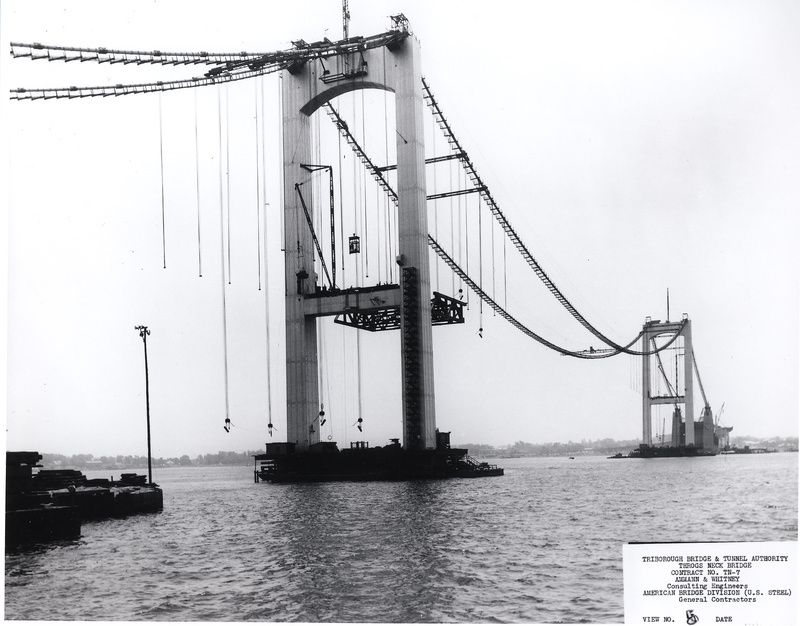
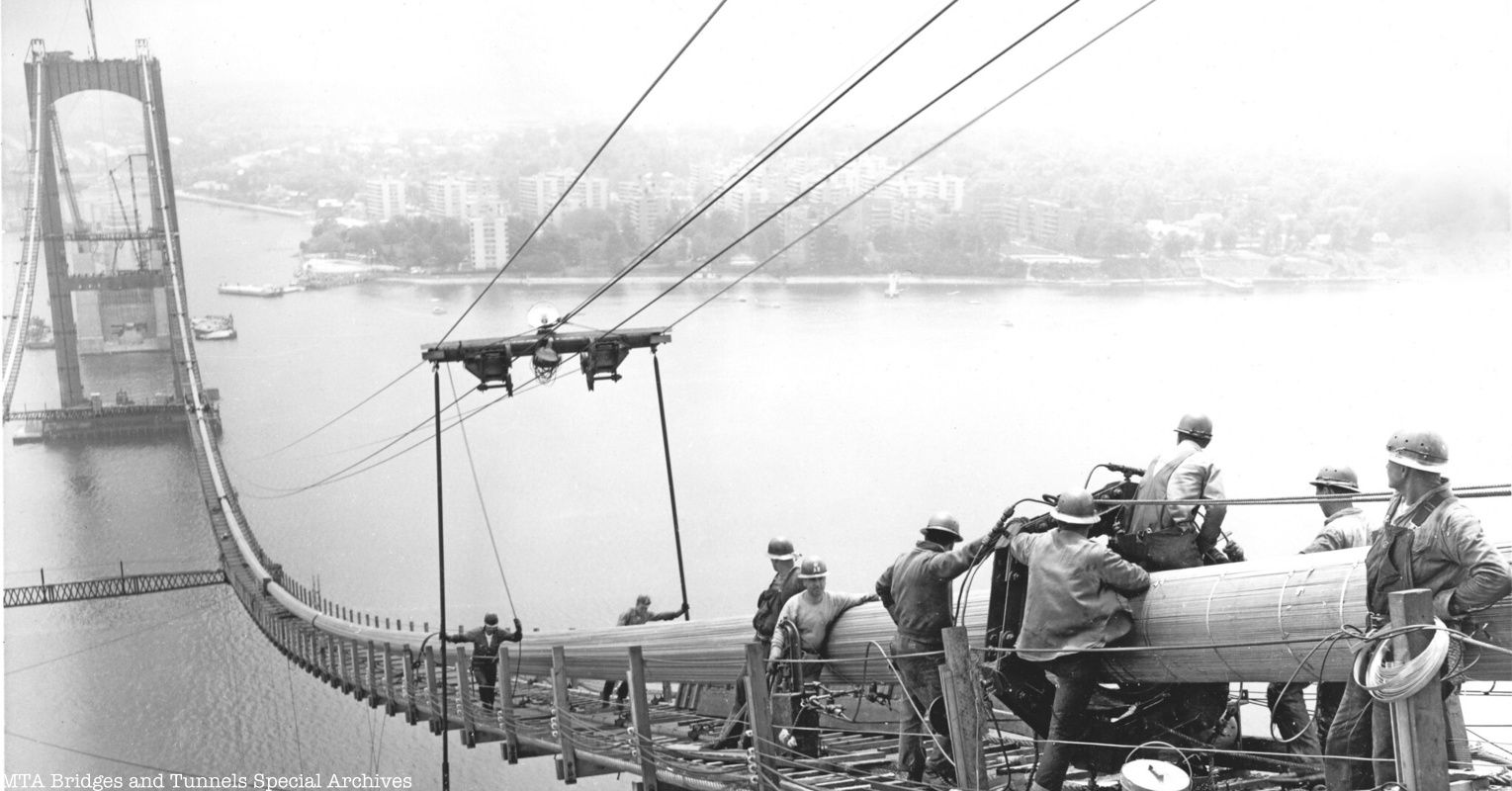
NYC bridges and tunnels under the purvey of the MTA include The Robert R. Kennedy Bridge, Bronx-Whitestone Bridge, Cross Bay Veterans Memorial Bridge, Henry Hudson Bridge, Marine Parkway-Gil Hodges Bridge, Throgs Neck Bridge, Verrazzano-Narrows Bridge, Hugh L Carey Tunnel (formerly known as the Brooklyn-Battery Tunnel) and the Queens Midtown Tunnel.
In the photos above, you can see the Throgs Neck Bridge coming together. Both images date to 1960. In the second image, you can see workers compressing the suspension cables. The bridge opened the following year, connecting Queen and the Bronx.
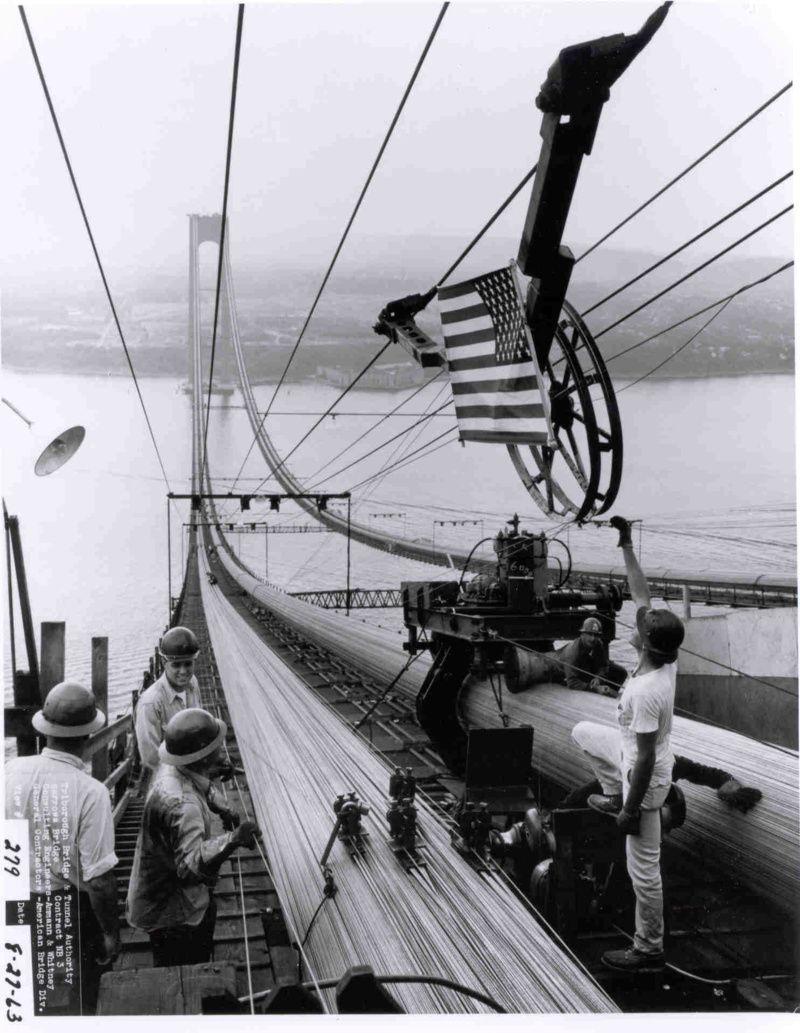
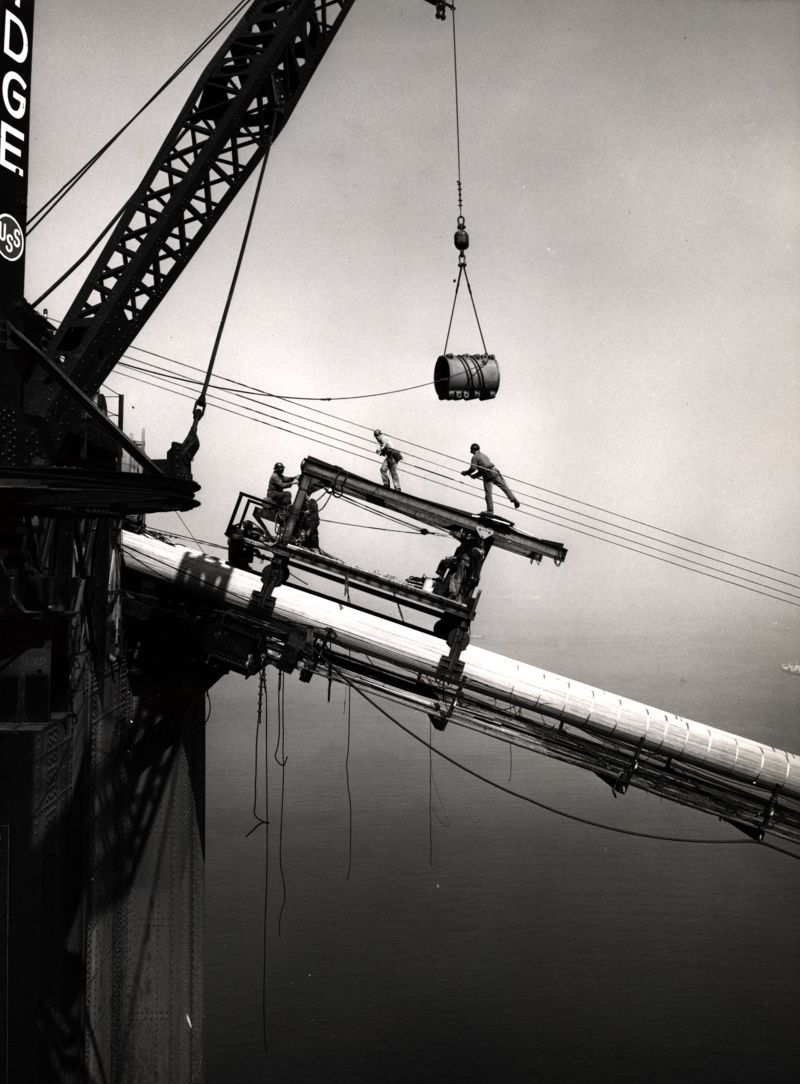
The Verrazano-Narrows Bridge connected Brooklyn to Staten Island in 1964 after five years of construction. Named after the Italian explorer, Giovanni da Verrazzano, the bridge’s name was misspelled for over 50 years. The second “z” was missing until 2020.
The bridge held the distinction of being the longest suspension bridge in the world until 1981 when a bridge in England surpassed it. It is still one of the longest in the country. Runners who take part in the New York City Marathon cross the bridge at the very start of the race. Learn more secrets of this bridge here!
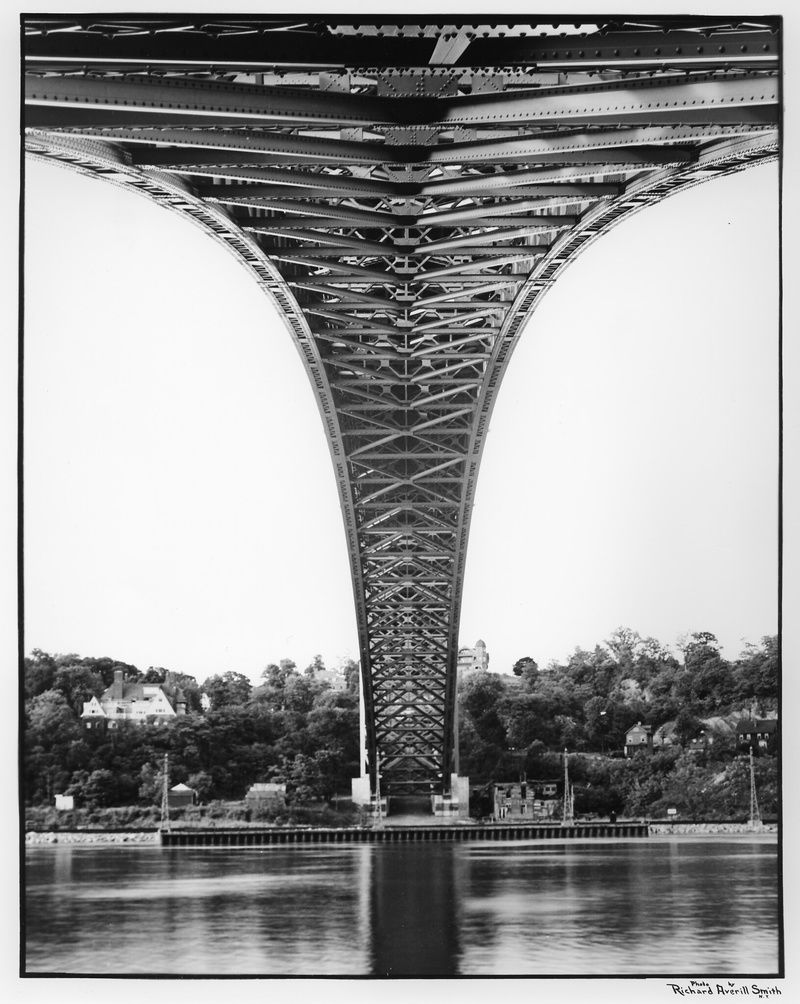
One of the older NYC bridges under the purvey of the MTA is the Henry Hudson Bridge which connects Manhattan and the Bronx. Designed by David B. Steinman, it was built as part of the Henry Hudson Parkway and opened in 1936. The original plan however was to open the bridge in 1909 to celebrate the 300th anniversary of Henry Hudson’s voyage.
Residents near the proposed site of the bridge fought against its construction, citing concerns for the forest of Inwood Hill Park and fears of traffic congestion. It would take another 30 years for the bridge to become a reality.
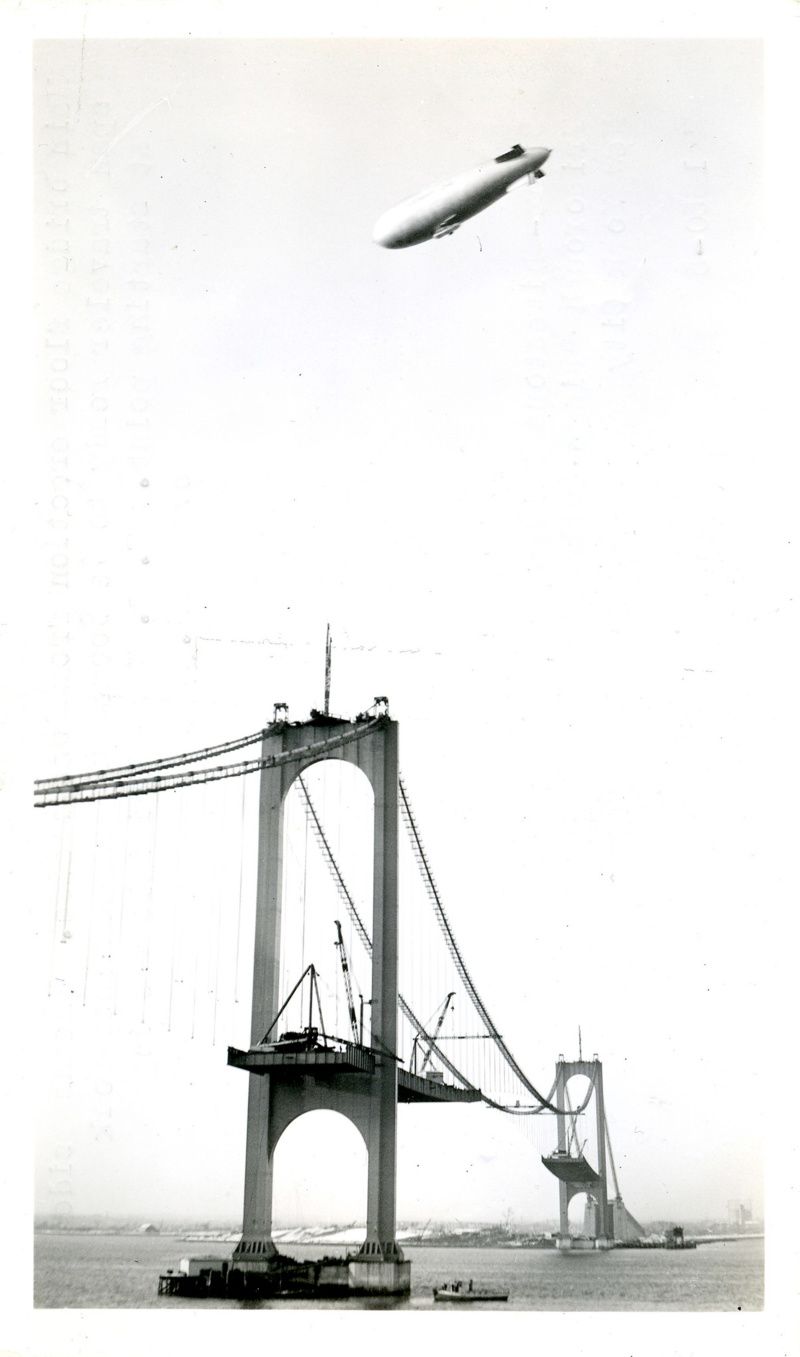
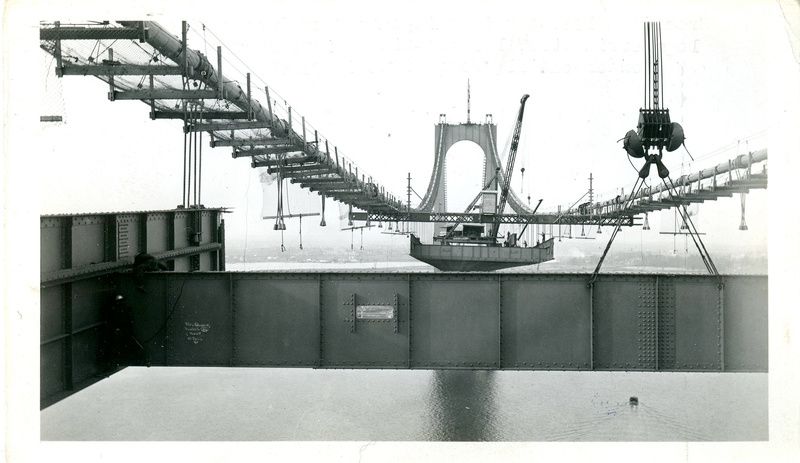
The Bronx-Whitestone Bridge is another product of the 1930s. Before the completion of this bridge in 1939, the only crossing available for cars between Queens and the Bronx was the Robert F. Kennedy Bridge (formerly the Triborough Bridge). To alleviate congestion on the RFK, Robert Moses proposed a new bridge.
It took just under two years for the Whitestone Bridge to be built. Its April opening coincided with the 1939 New York World’s Fair and it was considered the “gateway” to the fair. These events also lined up with the 150th anniversary of George Washington‘s inauguration.
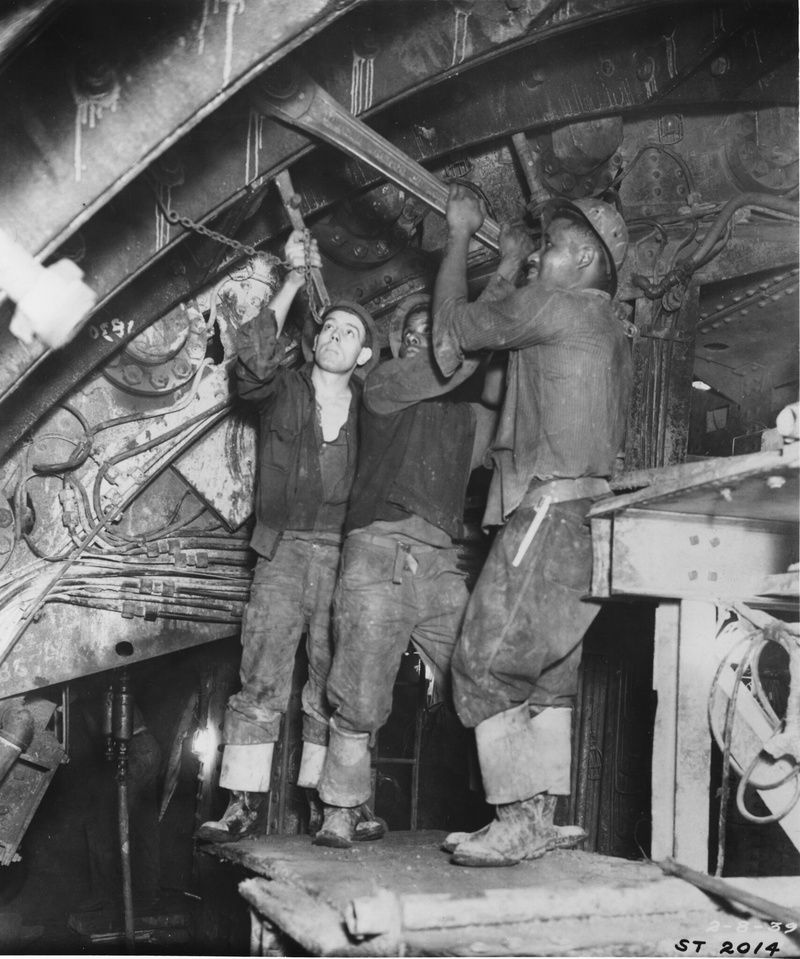
The Queens-Midtown Tunnel, one of the largest public works projects of the New Deal era, opened in 1940. It provided a new route for traffic traveling over the East River. The tunnel is made up of two tubes with a total of four traffic lanes stretching 6,414 feet long.
Franklin Delano Roosevelt had the honor of kicking off the groundbreaking of the tunnel in 1936 and was the first person to drive through the tunnel four years later when it was finished. Other notable figures who traveled through the tunnel were elephants from the Ringling Bros. and Barnum & Bailey Circus! An annual Animal Walk used to take place then when the circus performed at Madison Square Garden, but this tradition ended in 2012.
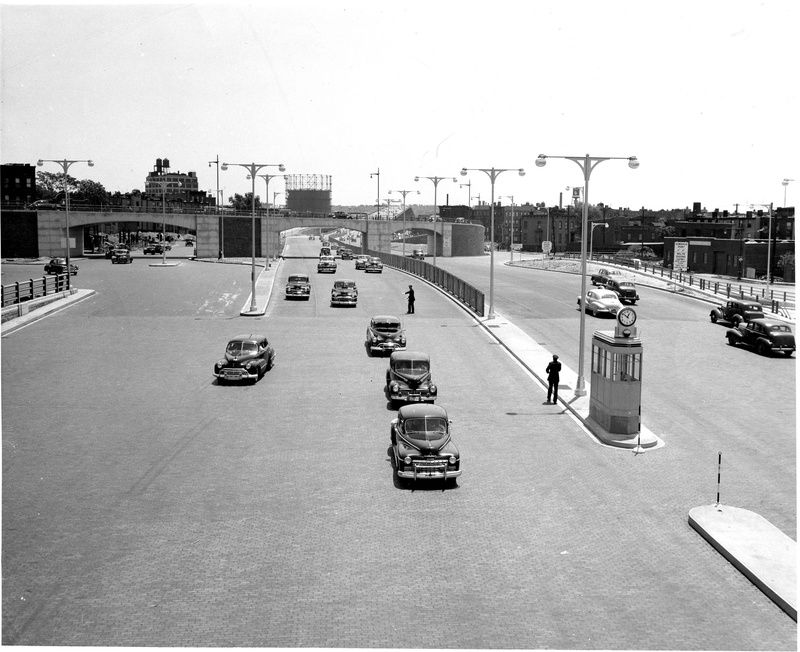
Once the world’s largest underwater tunnel, the Brooklyn-Battery Tunnel opened in 1950, connecting Red Hook, Brooklyn to Manhattan’s Battery Park. The tunnel stretches 1.7 miles long and its tunnels have a diameter of 31 feet. It was designed by the Chief Engineer of New York City at the time, Ole Singstad. The tunnel has been seen in many film and television shows such as Men in Black and was instrumental to rescue efforts on 9/11.
Next, check out 10 Lost Former Bridges in NYC and The Carroll Street Bridge, One of the Last Wooden Bridges for Cars in NYC
Subscribe to our newsletter